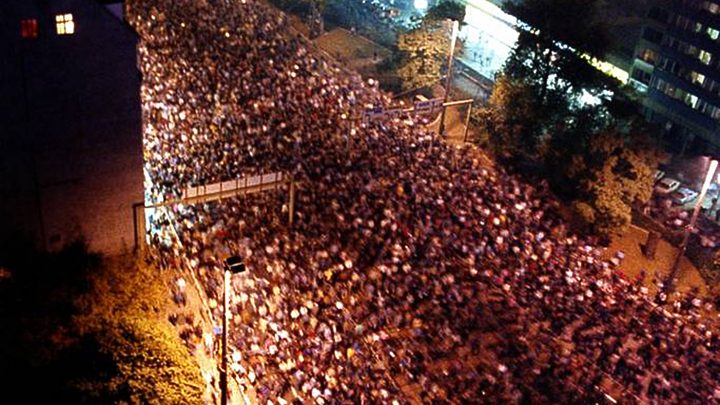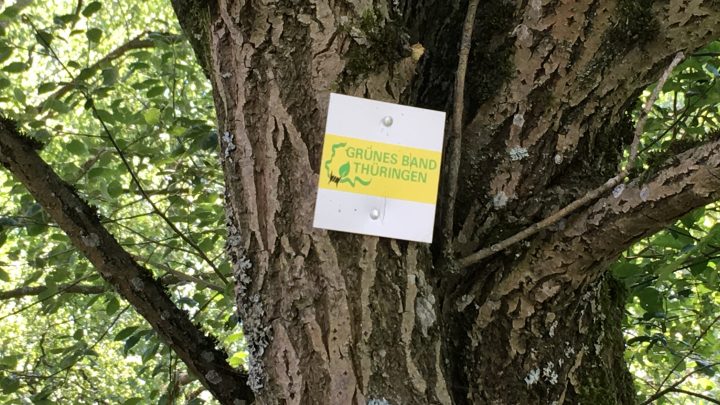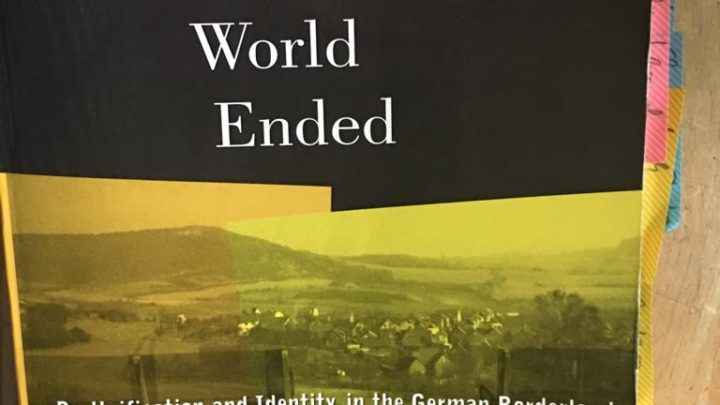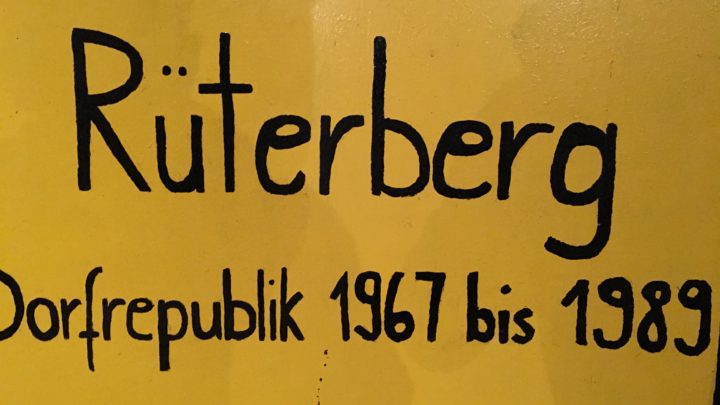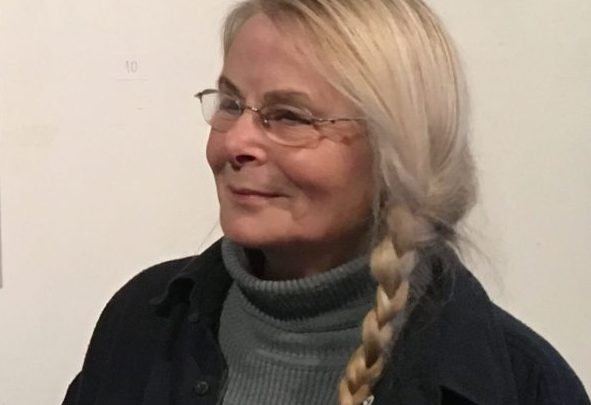
Phantom Border named as one of 20 Environmental Books to Inspire You in the Year to Come!
…by The Revelator, the online magazine of the Center for Biological Diversity. “Regular readers may remember Lange’s Revelator essay about Germany’s “Green Belt” and what it represents for humans and nature. That essay just scratched the surface — this book-length examination takes us on a powerful journey through the Green Belt’s history, culture, and ecology.… Read more Phantom Border named as one of 20 Environmental Books to Inspire You in the Year to Come!

